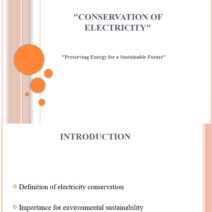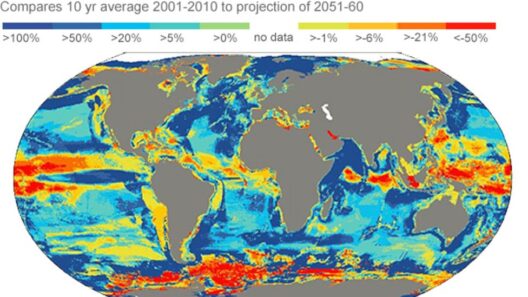Germany, nestled in the heart of Europe, exhibits an intriguing array of climatic conditions that evoke an essential question: Is this nation characterized by perpetually grey skies, or does it embrace a vibrant tapestry of seasonal diversity? Within its borders, the interplay of geographical features, including the northern plains, the central uplands, and the southern Alps, creates a multitude of microclimates that contribute to both temperature variances and precipitation patterns. This leads to an engaging exploration of the multifaceted climate of Germany, where the weather often reflects the rich cultural narratives interwoven with the land.
To commence this exploration, one must appreciate the overarching climatic classification of Germany. The country mainly resides in a temperate maritime climate, characterized by moderate temperatures and varying precipitation throughout the year. However, this generalization belies the intricate complexities that lie beneath its surface. The influences of the North Atlantic Drift escort warm, moist air into the western regions, while the landlocked areas experience a more continental climate, which offers harsher winters and sweltering summers.
In essence, how does this duality manifest across the seasons? The spring season in Germany often embodies a refreshing rejuvenation, as flora and fauna awaken from their winter slumber. Mild temperatures usher in the flowering of diverse plant species, fostering a vivid explosion of colors across fields and gardens. In contrast, the summer months can witness sweltering heat, especially in the southern regions, where temperatures may ascend beyond 30 degrees Celsius (86 degrees Fahrenheit). Such climatic conditions invite a plethora of outdoor festivities, bringing communities together to celebrate the vibrancy of summer.
As the year progresses into autumn, the transformation is palpable. The lush greens of summer yield to an array of ambers, oranges, and reds, as deciduous trees prepare for the retreat to winter. With this visual feast comes an increase in precipitation as storm systems sweep across the region. Yet, although some might lament the arrival of rain, it is essential to understand its role in maintaining the delicate ecological balance within Germany’s diverse environments. Autumn avows a symphony of meteorological phenomena, weaving a narrative that complements the harvest season, particularly in the celebrated wine regions where grapes reach peak ripeness.
Then arrives winter, or as it is often perceived, a season shrouded in grey. The northern coastal areas may experience a relatively mild winter due to the moderating influence of the North Sea. However, the southern regions, particularly the Bavarian Alps, are susceptible to significant snowfall, acquiescing the landscape into a winter wonderland. Some may view Germany’s winter months as gloomy, yet they provide a canvas upon which countless recreational opportunities flourish. Skiing, snowboarding, and winter hiking invite enthusiasts to immerse themselves in the breathtaking beauty of snow-laden mountains. Moreover, the icy conditions foster a unique ecosystem where wildlife adapts, seeking refuge in the snow-draped landscapes.
This diversity presents an intriguing conundrum: Are we to romanticize Germany’s climate or admonish its unpredictability? The reality is that this very duality strengthens the collective identity and lifestyle of its inhabitants. The varying climatic conditions compel a robust adaptation in agriculture, architecture, and even urban planning. Consider how traditional half-timbered houses are built to withstand heavy snowfall whilst still allowing for ventilation during warm summer nights. Moreover, the adaptability of farmers to harvest different crops based on shifting climatic patterns exemplifies an essential resilience ingrained in German identity.
Yet, this harmony is beset by an ongoing concern: climate change. The shifting temperatures and erratic weather patterns pose substantial challenges to both the environmental stability and economic wellbeing of the nation. Predictions suggest that Germany will experience warmer summers, drier autumns, and alterations in precipitation patterns, threatening the agricultural sector that has long been a cornerstone of its economy. What steps can Germany undertake to confront this daunting challenge? Initiatives focused on sustainable practices, renewable energy sources, and conservation efforts are imperative to mitigate the adverse effects of climate change.
Furthermore, public awareness and engagement in environmental issues could cultivate a culture of stewardship. As Germany grapples with its climatic narrative, fostering a collective consciousness around sustainability will be essential for preserving the very seasons that define its character. Communities must unite in innovative projects that reduce carbon footprints and enhance biodiversity, perhaps paving the way for an invigorated relationship with the interconnected web of life that flourishes within the country’s variegated landscapes.
In summation, Germany’s climate is emblematic of both beauty and challenge, often oscillating between grey skies and stunning seasonal diversity. The enchanting contrasts, from cozy winter homes to festive summer gatherings, illustrate a nation that thrives on its climatic plurality. As it navigates the uncertainties posed by climate change, Germany stands at a pivotal juncture, where proactive engagement with environmental stewardship could write the next chapter in its climatic saga. Ultimately, whether one perceives Germany’s climate as a canvas of grey or a thriving palette of colors, the nation’s capacity to embrace change while preserving its rich tapestry of seasonal diversity is a narrative worth exploring.




